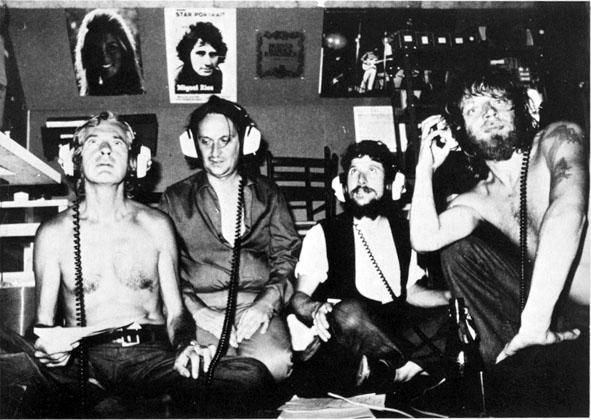Although lysergic acid diethylamide, was, early in its discovery phase, considered a possible treatment for serious mental-health issues, it came to be seen during the ’60s, through the urging of Richard Alpert and Dr. Timothy Leary and others, as a societal powerwash of sorts, a tonic to radically remove the corrupting, conforming influences of gods and governments, a way to awaken the soporific, a means of cleansing the doors of perception.
Revolutions are messy, however, and freakouts and flying teenagers did not stamp a smiley face on the “medicine.” It was just plain dangerous to unloose such unregulated experimentation into the world. Even Leary himself, who proselytized at campuses and correctional facilities alike, thought all along that the drug was a short-term panacea with diminishing returns, that soon something else would have to wake up the “beloved robots”–perhaps it would be computer software. Serious academic interest in the drug unsurprisingly idled.
Decades later, there are fewer flashbacks of the dosing and overdosing, and LSD is gaining currency again as a legitimate means of medical treatment. But will it ever shake off its bad reputation? And can its very real dangers be sufficiently neutralized?
From Jon Kelly at the BBC:
Mention LSD and you might think of the 1960s counterculture – kaftanned hippies in San Francisco, or the more adventurous end of the Beatles’ back catalogue, or the tragedy of Pink Floyd singer Syd Barrett losing his grip on reality.
But for the first time, researchers say they have visualised how LSD alters the way the brain works.
A team at Imperial College London says they found it broke down barriers between areas that control functions like vision, hearing and movement. The study was with a small group – 20 subjects – but theresearchers say it could lead to a revolution in the way addiction, anxiety and depression are treated.
For the past decade and a half, academics around the world have been studying whether psychedelic substances that cause hallucinations, changes in perception and mind-altering states could have medical benefits.
But this isn’t the first time we’ve been here. Back in the 1960s there were high hopes for the therapeutic potential of psychedelics, too. Four major scientific conferences were held on the subject. Thousands of papers were published.
But soon enough fears over the recreational use of LSD – or lysergic acid diethylamide, to give its full title – ensured research all but ground to a halt.•
Tags: Jon Kelly

